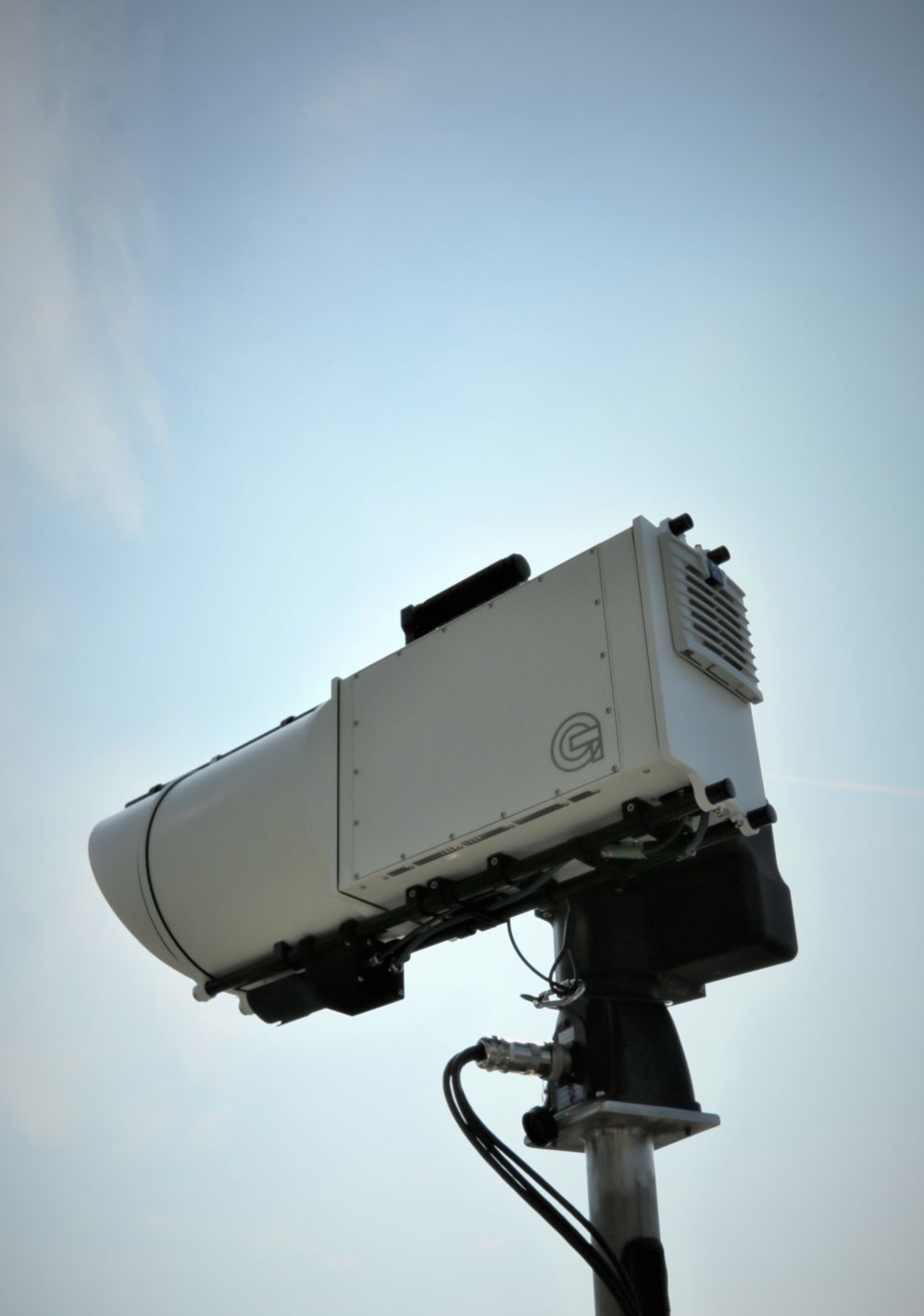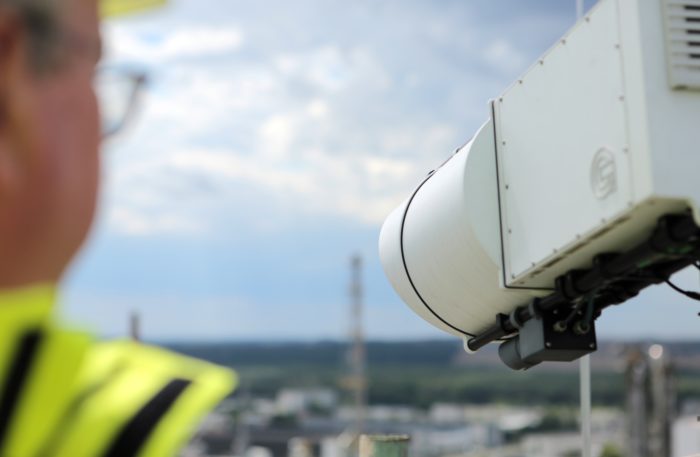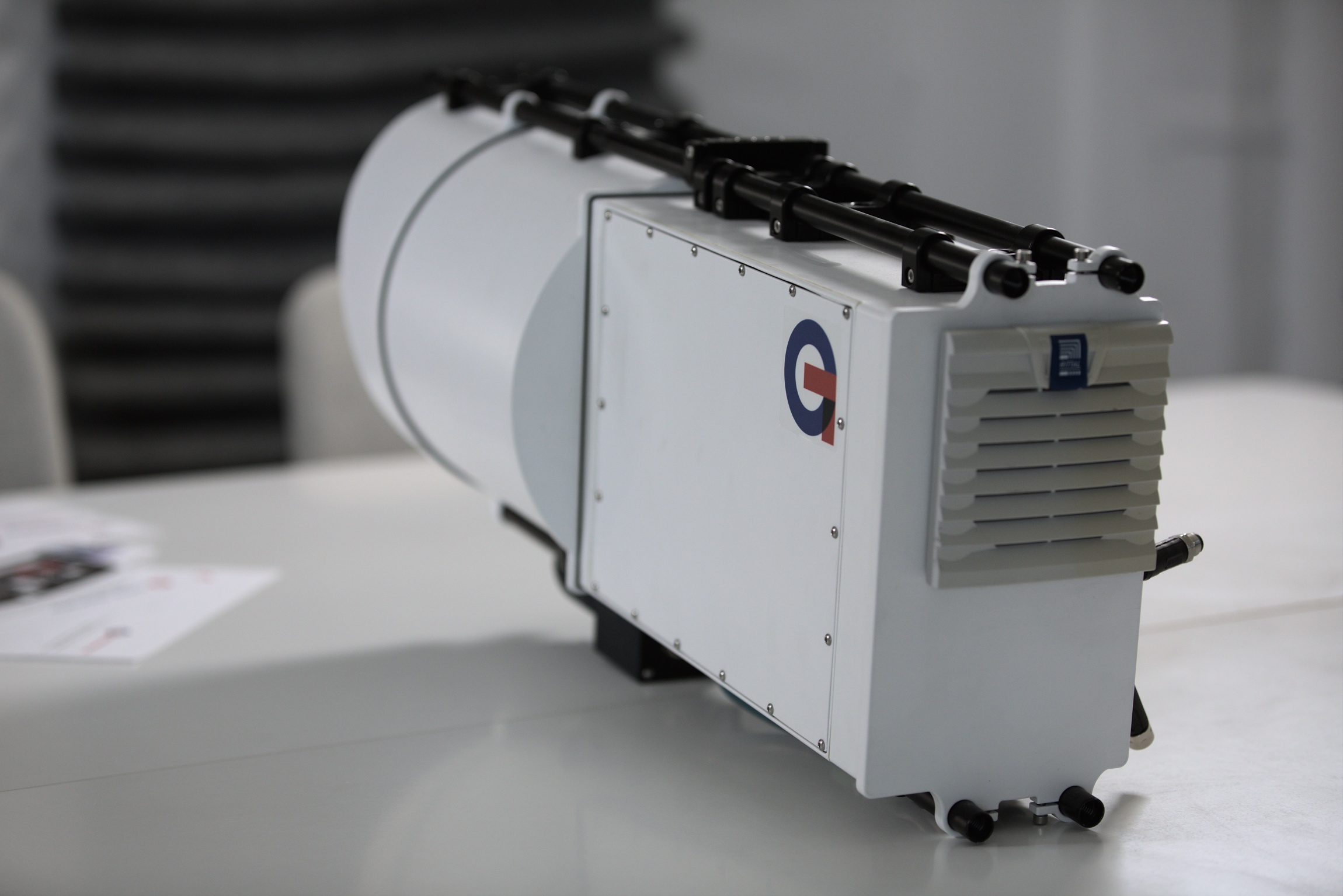
Ammonia leak detection
On the lookout for gas leaks – remote sensing for ammonia emissions
The need for more efficient monitoring of ammonia leaks, and other similar hazardous gases, has become paramount for a number of reasons. On one hand, the global production of nitrogenous fertilizers continues to grow every year. These fertilizers use ammonia as the base material and are responsible for a production output of over 200 million tons each year. On the other hand, the development of compact production sites, longer turnaround times, and fewer staff to man these plants are different factors that are enabling more emissions to be released into the surrounding environment, exacerbating any potential hazard risk.

Now solutions are available – such as the scanfeld® monitoring system – that can help to monitor the emission of toxic gases. High-level monitoring is going to be paramount in the coming years for ammonia because new markets are starting to emerge, including using ammonia for fuel and in hydrogen storage, which will increase the demand and production of ammonia globally. While there are a lot of issues with remote chemical monitoring systems in place today, there are alternatives to these ineffective and costly systems. Optical gas imaging (OGI) systems are one that can provide coverage over much larger areas using infrared red (IR) light, but they lack the sensitivity and specificity required to measure real-time gas emissions and ammonia leaks.
On the other hand, there is Fourier transform infrared spectroscopy (FTIR). FTIR is known for its use in routine laboratory chemical analysis, but it is also a well-established remote sensing technique and is already used by security forces to supervise large areas in case of chemical release or terrorist attacks. One of the key features of FTIR is that is a selective technique for hundreds of chemicals, and it is extremely sensitive to ammonia and other organic compounds. The other driving feature of FTIR is the ability for it to be used like a giant gas camera from miles away.

